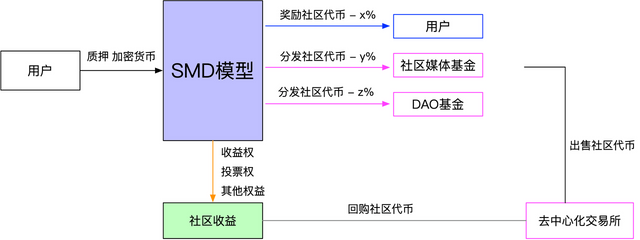$0.394 || 1。 我不叫 delivery 的 2。 你去买东西会跟人搂搂抱抱?还是去买个东西也要跟人长谈一个小时? 3。 和别人聊天不会选在户外?保持安全距离也不懂?
1。 我不叫 delivery 的
2。 你去买东西会跟人搂搂抱抱?还是去买个东西也要跟人长谈一个小时?
3。 和别人聊天不会选在户外?保持安全距离也不懂?
In a broad sense, you're right that both Chinese characters and regular hieroglyphs are phono-semantic in nature.
The only difference is that ancient Chinese did not break down the 'phonetic part' (which is actually the 'rootword') into consonants.
They differ in how the phonetic part was constructed.
The 'phonetic part' of Chinese character was actually 'root of words'. Chinese word roots take the (reconstructed) form of (pre)-CCC(in)VVC(suf)
从广义上讲,您是正确的,即汉字和常规象形文字本质上都是语音语义。
唯一的区别是,古代中国人没有将“语音部分”(实际上是“词根”)分解为辅音。
它们在语音部分的构造方式上有所不同。
汉字的“语音部分”实际上是“词根”。中文词根采用(pre)-CCC(in)VVC(suf)的(重构)形式
The Chinese characters 'evolved' to become less picturesque over time, and it's basically unchanged since Han Dynasty.
In terms of ,
There's 1-to-1 correspondence
